How does the payment integration process work?
-
With extensive documentation and an API, you can start immediately
-
Implementation manager providing personal guidance and support
-
Execute tests on unhappy & happy flows
Let's suppose that you selected Online Payment Platform to facilitate payments on your platform or marketplace; how do you integrate the payments? What are the things you should think of and what can you expect from us in this process?
As soon as a platform or marketplace is ready to integrate payments, we immediately provide them with a test environment. With an extensive documentation and API, the integration can take off immediately. The test environment contains everything you need for onboarding KYC (Know Your Customer) and setting up the payments correctly to ensure that you comply with the PSD2 legislation. However, this does not mean that we will leave you to your fate after this. We link every new partner to an Implementation Manager.
Implementation Manager for personal guidance and support
The goal of the Implementation Manager is to make the integration run as smooth as possible. Therefore, this OPP Team member is responsible for the personal guidance and support of the developers of the platform or marketplace during the integration process. Via e-mail, Slack and telephone, they are assured of a dedicated point of contact. Every marketplace and platform is unique. That is why each integration process starts with a pre-conversation to discover how the platform or marketplace is assembled and the most suitable method to integrate payments.
In doing so, we continuously look at how we can go along with the customer's requirements and wishes. In addition, the Implementation Manager will also address other important points of attention which, if not handled properly, can cause a problem later on.
Preventing ambiguities in unhappy flows
An important focus point could, for example, the flows. And then it is mainly about preventing errors and ambiguities in the 'unhappy flows'. In addition, users of the platform or marketplace do not have a smooth experience when making or receiving a payment. What happens, for example, if a payment fails? Will a new payment be started automatically? Do you set up a special screen for this that the user will see? And what are the rules for refunds? By getting advice about such situations during the integration process and clearly defining your choices, you can avoid inconvenient situations with payments.
Implementation Manager is also sparring and consulting partner
The Implementation Manager is there for development support, but also acts as sparring and consulting partner. In the field of legislation, but also for advice on setting up the conditions and preventing fraud. Sometimes choices made earlier in the process do not fit in with how you ideally want to set up payments. For example, we experience that marketplaces and platforms often only see the advantages of credit cards and direct debits and underestimate their risks. It's easy, but in the long run it can break you down. A credit card carries a 'chargeback' risk. This means that a payment can still be reversed within six months. A chargeback can still be reversed within 56 days (in case of using SEPA Direct Debit). A buyer can even demand a refund for up to 13 months. At the point where you realise this, it is therefore very important to think and look critically and to implement good safety margins to reduce these risks.
Features for a happy flow
Furthermore, there are features that were not initially thought of at first, but that can deliver a happy flow and therefore a lot of added value. Think of multi-split payments where a buyer can fill his shopping cart with products or services from different providers and pay for them in one payment. Behind the schemes, each party will be paid separately by the platform. For sellers it is nice to have insights about which payments have been made by individual buyers. Therefore, marketplaces or platforms do not prefer to pay in batches as this can cause confusion for the seller. For optimal transparency, it is good to be able to add a description to the individual payments. It saves a lot of time if you already settled this during the integration, it can be taken into account immediately.
Excessive testing before going live
As soon as the integration process is completed and all payment issues have been properly considered and set up, you can go live. However, this does not happen without an extensive test. For this, a demo will be given to the Implementation Manager. In this way, you can be sure that all flows of the payment process have been set up properly, according to agreement and providing a user-friendly experience for both buyer and seller. In addition, before going live, the Implementation Manager will check that you have not forgotten any crucial issues. This often prevents questions and challenges afterwards.
Schedule your free integration assessment
Would you like to know how payments on your platform or marketplace can be set up the smartest way and are you curious how integrating this would look like in your situation?

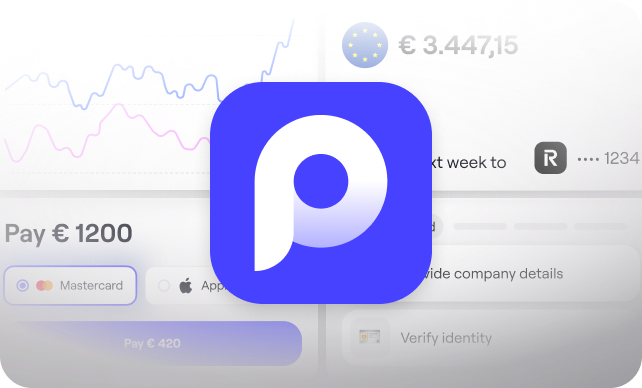
.svg)
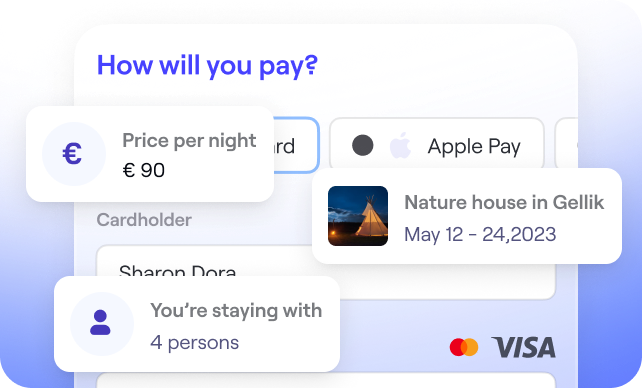
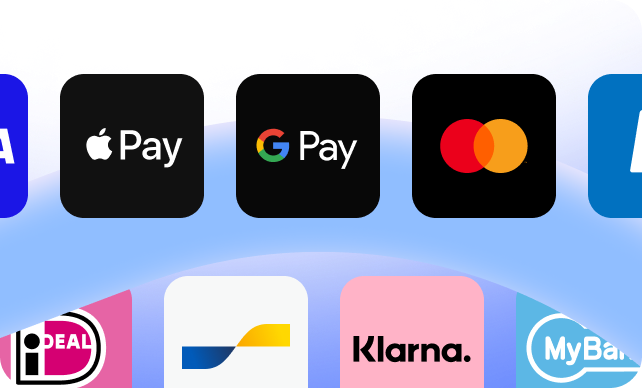

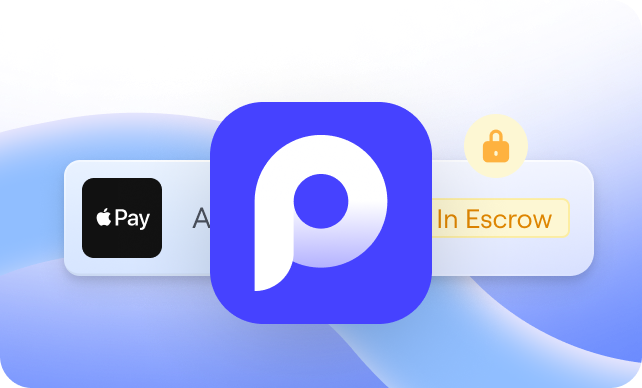

.svg)
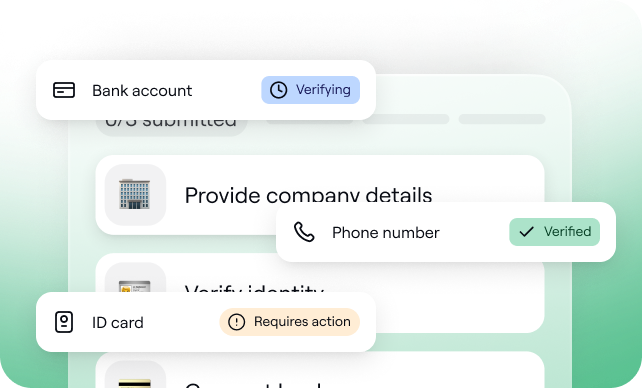
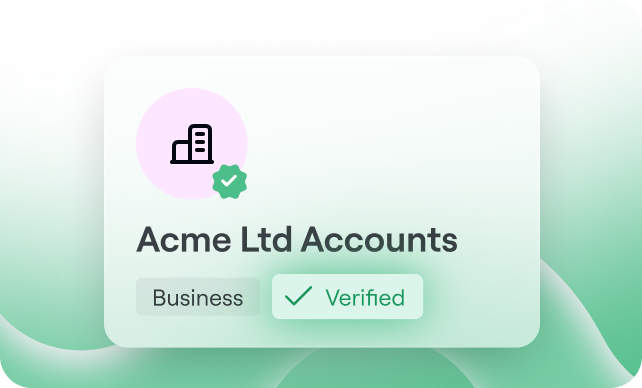

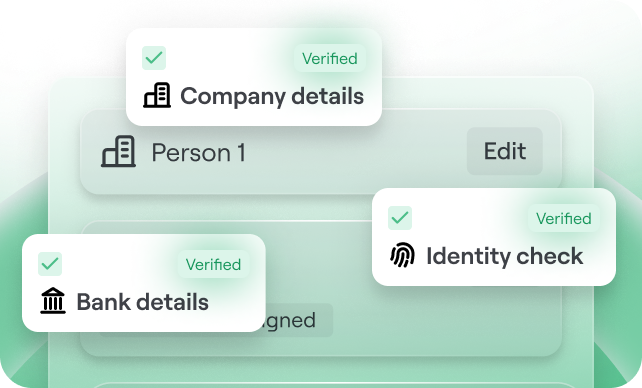
.svg)
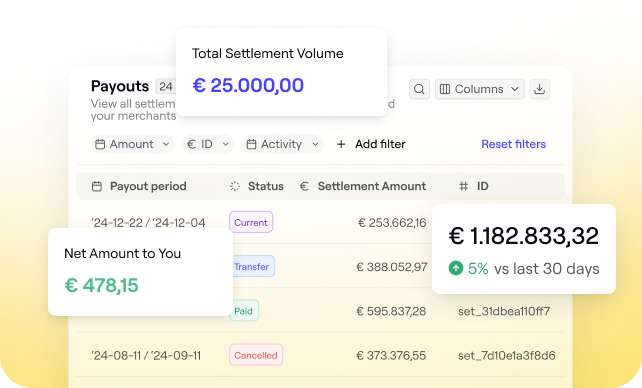
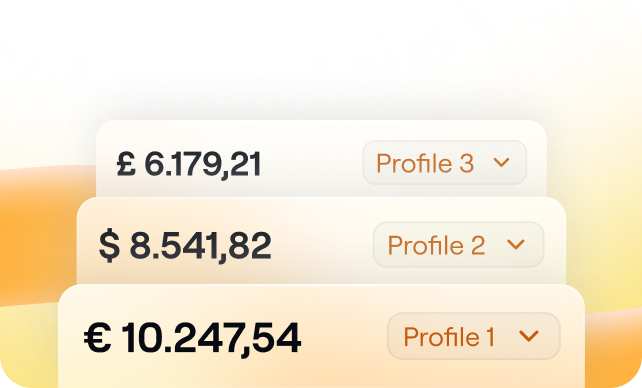

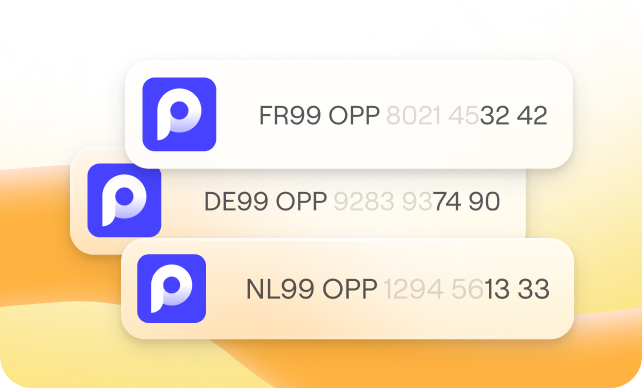
.svg)
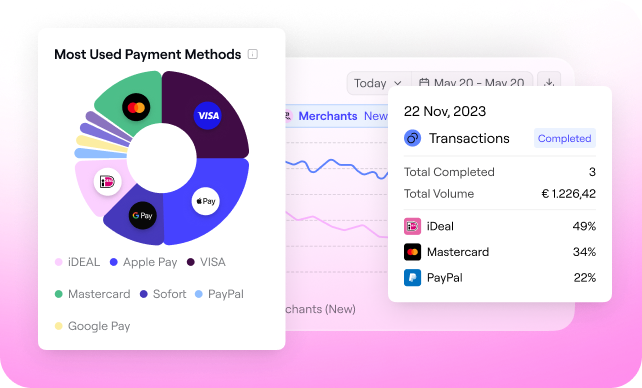
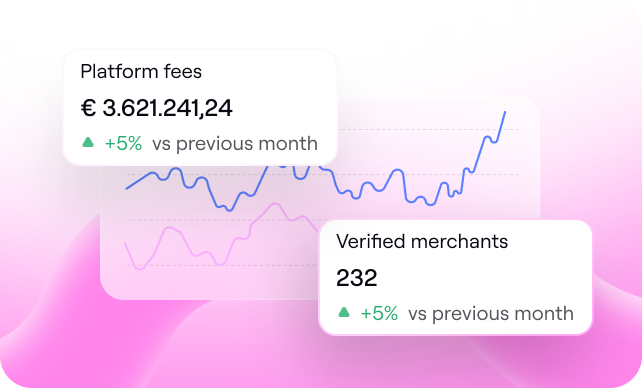

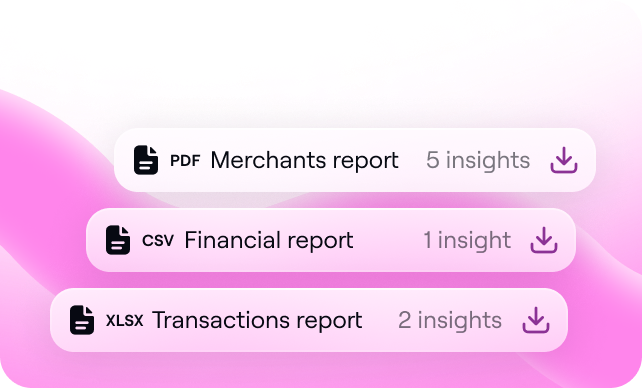
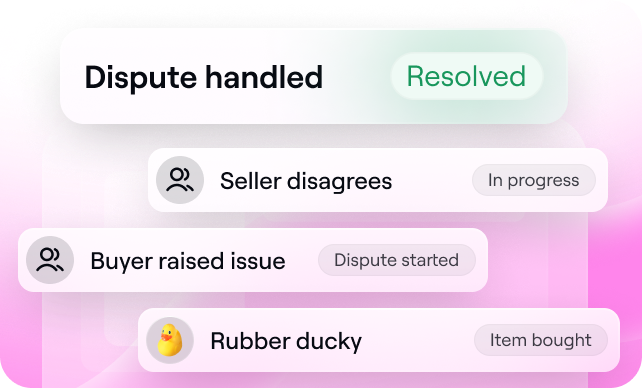






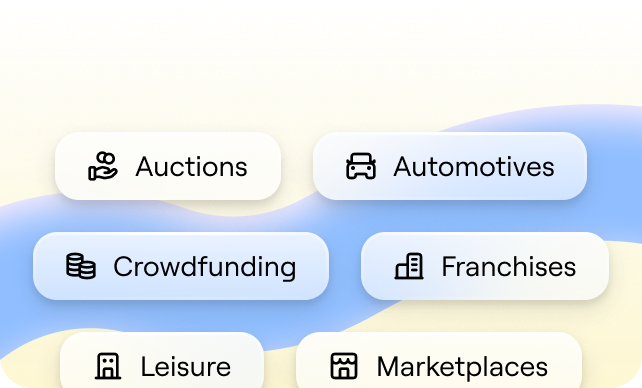


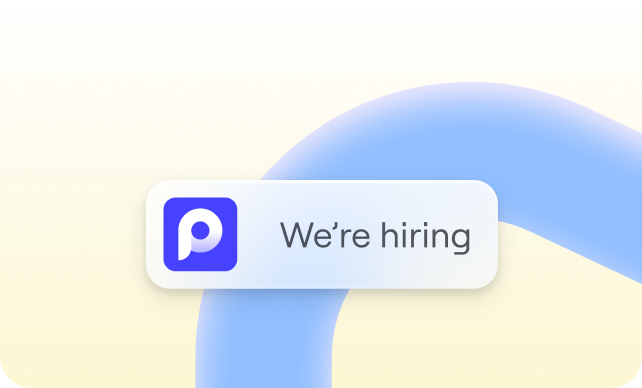




%20(1).png?width=1300&name=Copy%20of%20Copy%20of%20Blog%20post%20(1620%20x%201080%20px)%20(1).png)



.png)
.png?width=75&height=51&name=Worldline%20(2).png)